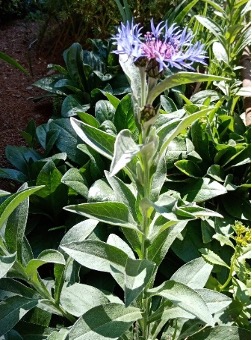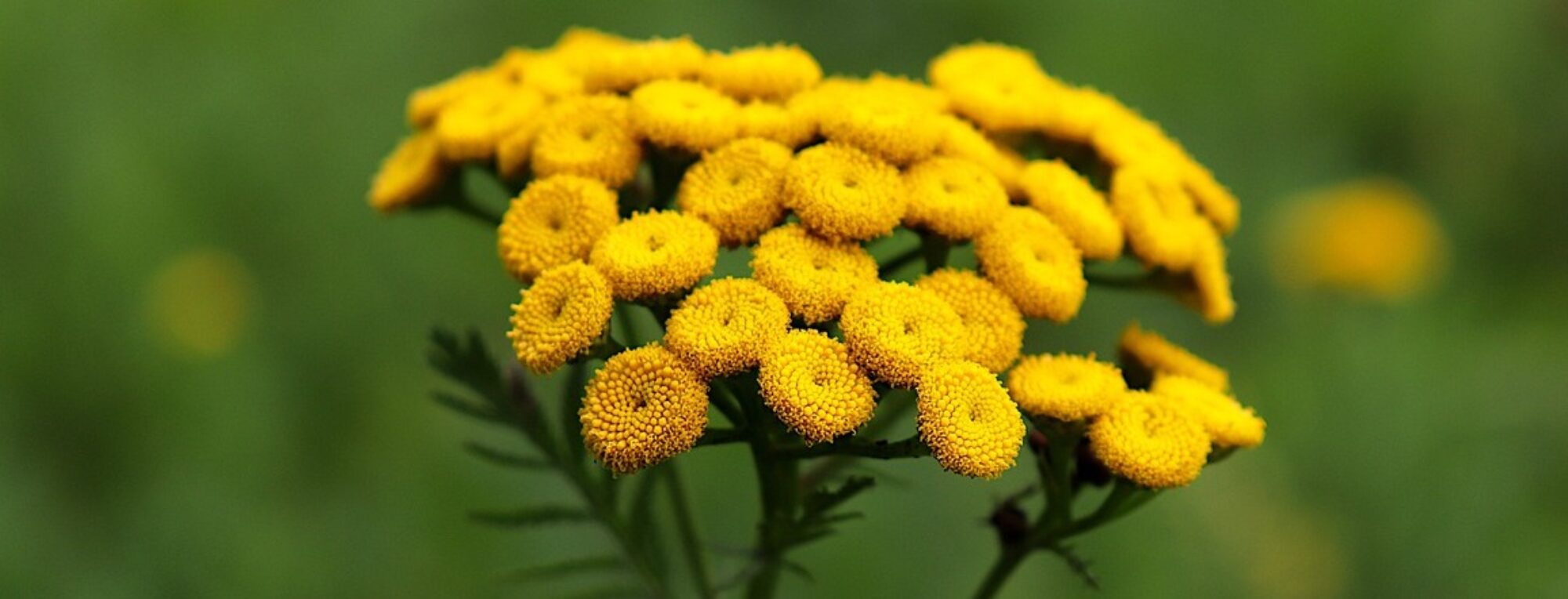
English name: Corneflower
Family: Asteraceae
Botanical characteristic: An annual herb 20 – 50 cm tall with a straight stem. The stem is angular, branched, covered with trichomes. The leaves are lanceolate, pinnately sheared. The flowers are bluish-purple in colour, forming a cluster. The fruit is an achene with a two-rowed peduncle.
Microscopic drawing:

Distribution: It occurs in fields, along roadsides, on sunny slopes.
Drug: Cyani flos
Harvesting method: The flowers of the field cornflower are collected from May to July. Flowers without a calyx (tongue-like petals) and flowers with a calyx without a stalk are collected at the beginning of flowering.
Drying: The flowers are dried naturally in thin layers in an airy and shady place. Artificially in a drying room, where the temperature must not exceed 35 °C.
Active substances: The cornflower flower contains mainly blue anthocyanin dyes based on cyanine. Flavonoids are relatively abundant. Chemically diverse gentian substances can also be assigned to the content.
Uses: Because of its bitter taste, cornflower can be used to aid digestion, but it is more commonly found in teas with a variety of uses, where it performs an aesthetic function because of the attractiveness of the blue flowers.
Selected herbal preparations: FYTO Herbal blend for good breath 20×1,5 g, HERBALMED HotDrink FORTE – Dr.Weis sachets 1×12 pcs, MÜLLER’S PASTILLS WITH SCOR. MAT. C (for cough) 24 pcs.
